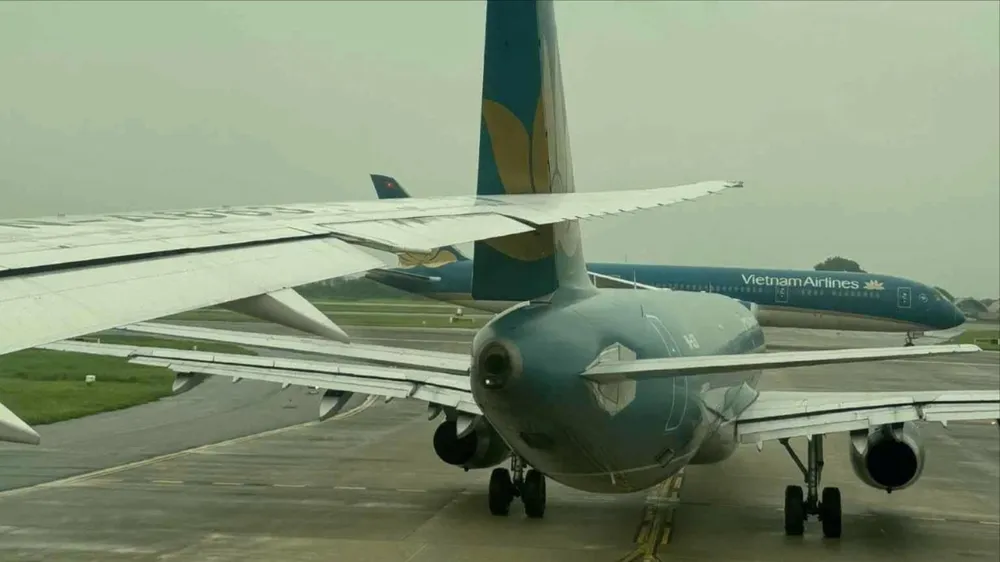
Accordingly, the Civil Aviation Authority of Vietnam requires units to strictly comply with operating procedures and regulations on duty and rest time for aviation staff. In particular, pilots must strictly comply with standard operating procedures, especially during the important stages of the flight, including: taxiing, take-off, and landing.
During taxiing, the pilot must increase observation, proactively identify important intersections, hot spots, intersections, narrow taxiways or areas with high density of activities. If there is any doubt about the safe distance from surrounding obstacles, the pilot must immediately stop moving and notify air traffic control.
Aircraft pilots must listen, repeat, and confirm correctly the instructions of air traffic controllers to ensure compliance with regulations and procedures; only perform tasks related to safety assurance, do not use personal vehicles to take photos or record videos; strengthen internal inspection, evaluation, and supervision on flights...
Air traffic controllers at the air traffic control tower ensure full and comprehensive observation and supervision during the operation of the shift; effectively use support equipment such as ground monitoring systems, binoculars, etc. to promptly detect and handle arising and unusual situations, and aircraft taxiing and parking in violation of regulations.
The Civil Aviation Authority requires airport and seaport operators to review and inspect the system of signs, road markings, signal paints, and lighting systems to ensure the system's service readiness, ensure operational safety; prevent intrusion into runways and avoid collisions with aircraft at airports and seaports with high traffic density.
Source: https://www.sggp.org.vn/dam-bao-an-toan-hang-khong-trong-cao-diem-he-va-thoi-tiet-bat-loi-post801626.html



![[Photo] Hanoi morning of October 1: Prolonged flooding, people wade to work](https://vphoto.vietnam.vn/thumb/1200x675/vietnam/resource/IMAGE/2025/10/1/189be28938e3493fa26b2938efa2059e)







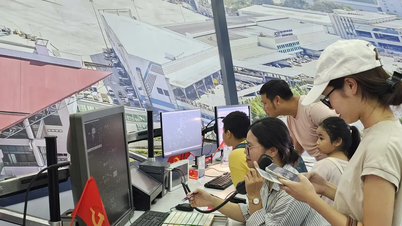
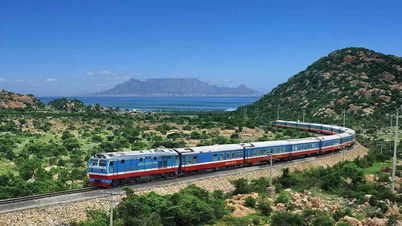
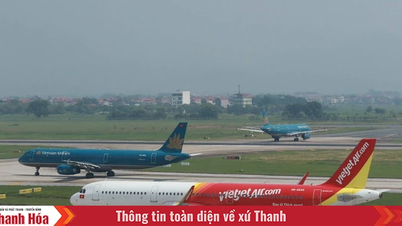



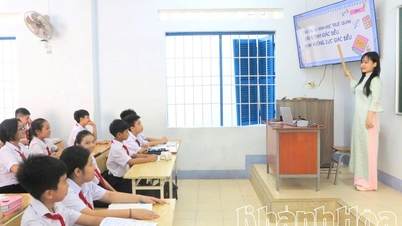

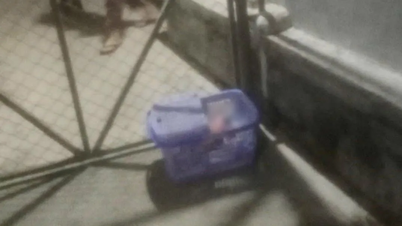
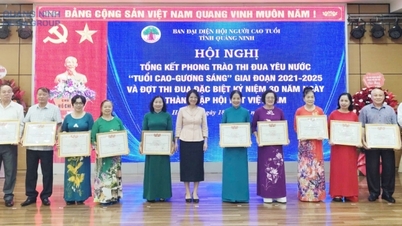

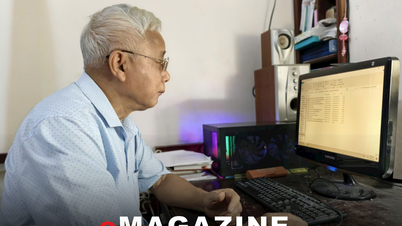

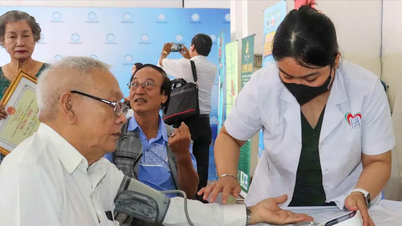
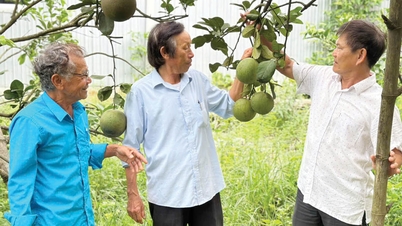






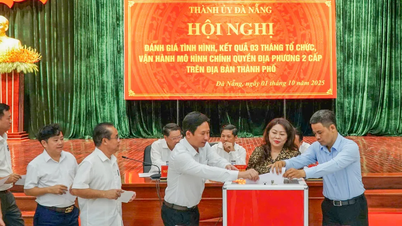
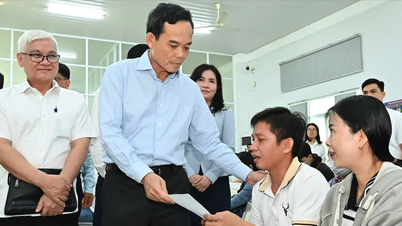
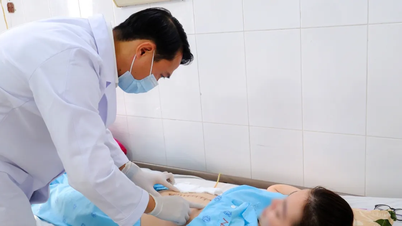
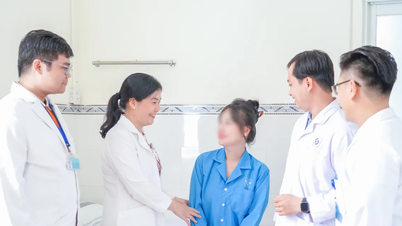
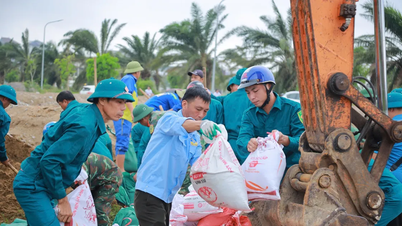
![[Photo] The 1st Congress of Phu Tho Provincial Party Committee, term 2025-2030](https://vphoto.vietnam.vn/thumb/1200x675/vietnam/resource/IMAGE/2025/9/30/1507da06216649bba8a1ce6251816820)
![[Photo] President Luong Cuong receives President of the Cuban National Assembly Esteban Lazo Hernandez](https://vphoto.vietnam.vn/thumb/1200x675/vietnam/resource/IMAGE/2025/9/30/4d38932911c24f6ea1936252bd5427fa)
![[Photo] Panorama of the cable-stayed bridge, the final bottleneck of the Ben Luc-Long Thanh expressway](https://vphoto.vietnam.vn/thumb/1200x675/vietnam/resource/IMAGE/2025/9/30/391fdf21025541d6b2f092e49a17243f)

























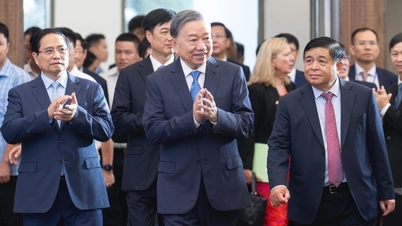
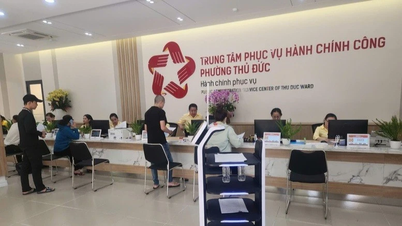

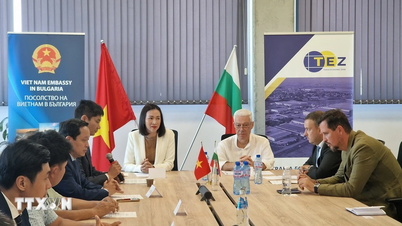
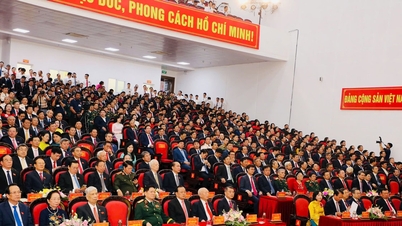

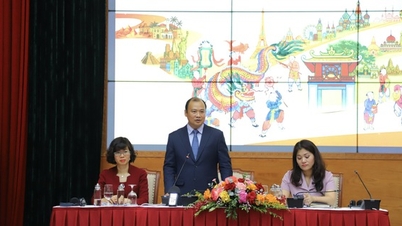






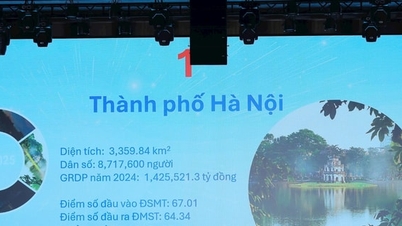

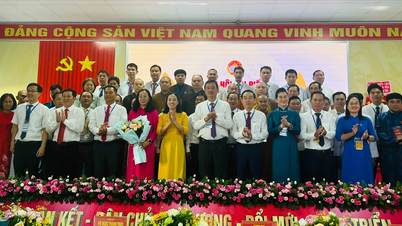


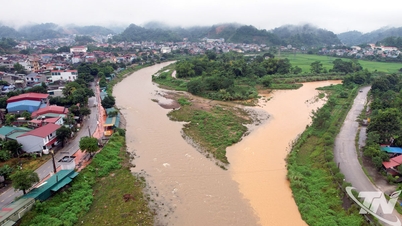

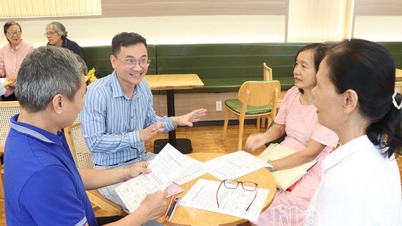














Comment (0)